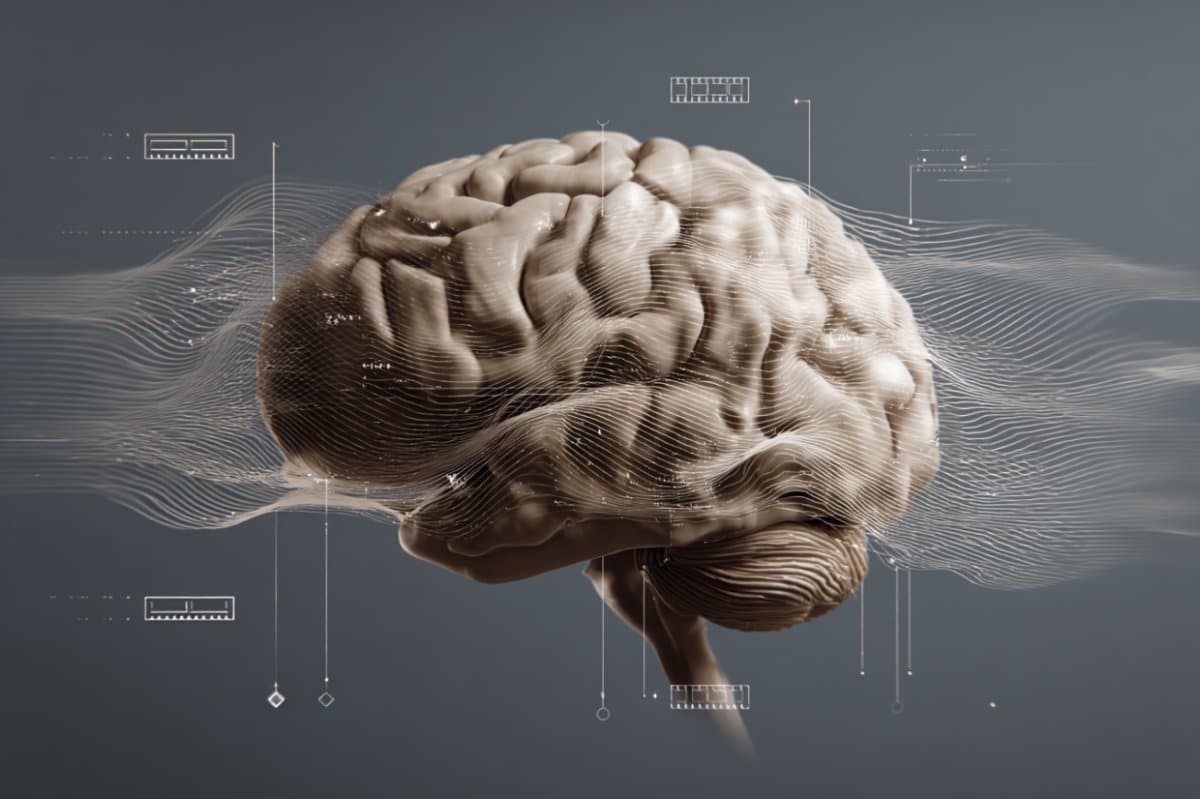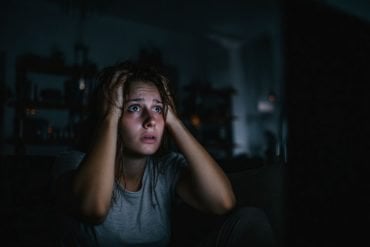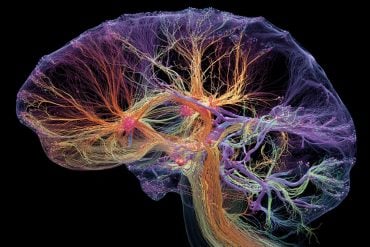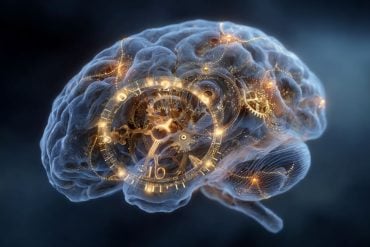Summary: Researchers have identified ripple-type brain waves as key to how humans segment and store memories. By recording brain activity in epilepsy patients watching a TV episode, they found ripples marked event boundaries in the hippocampus while supporting information processing in cortical areas.
This segmentation acts like punctuation, helping organize experiences into coherent episodes. The findings may inform therapies for memory impairments by targeting how the brain structures information.
Key Facts:
- Ripple Waves Identified: Ripples mark memory episode boundaries in the hippocampus.
- Naturalistic Context: Study captured ripple dynamics during real-life-like experience watching a TV show.
- Therapeutic Potential: Insights could guide strategies for memory disorders by enhancing information segmentation.
Source: University of Barcelona
A research team from the Faculty of Psychology at the University of Barcelona, the UB Institute of Neurosciences (UBneuro) and the Bellvitge Biomedical Research Institute (IDIBELL) has identified, for the first time in humans, and in a realistic environment, a key neurophysiological mechanism in memory formation: ripple-type brain waves —high-frequency electrical oscillations that mark and organize the different episodes or fragments of information that the brain stores as memories.
These findings, published in the journal Nature Communications, deepen our understanding of how memory is organized in the human brain and open up new avenues for addressing disorders related to memory impairment.

The study is led by Lluís Fuentemilla, a researcher at the IDIBELL and UBneuro Cognition and Brain Plasticity research group, and is part of the doctoral thesis carried out in this same group by Marta Silva, the article’s first author, who is currently at Columbia University (United States). Experts from the Epilepsy Unit at Hospital Clínic de Barcelona – August Pi i Sunyer Biomedical Research Institute (IDIBAPS), Columbia University, Ruhr University Bochum and Ludwig Maximilian University of Munich (Germany) also participated in the study.
The recollection of specific episodes is the basis of memory. Although experience is constant, there is evidence that the brain segments it when there are changes in the flow of information to convert it into memories.
“These segments mark the point at which the brain closes one episode in memory and begins recording another. For example, when you are doing something and you receive a phone call or the doorbell rings, the brain identifies that there has been a change in the course of the experience and uses these events as if they were punctuation marks, a full stop in a sentence, to proceed to store what you were doing in the form of an episode”, says Lluís Fuentemilla.
Previous studies in mice have indicated that ripples play a fundamental role in memory formation.
“These waves are thought to coordinate information transfer between the hippocampus and neocortical regions — the temporal and frontal cortex — helping to integrate new memories. This neural signal is key to generating synaptic potentiation, allowing the brain to fix and consolidate a memory”, note the researchers.
A pioneering experiment
Although these signals have been extensively studied in animals, especially mice, their analysis in humans has been very limited. This is due to the difficulty of recording them, as they originate in brain areas that require the use of intracranial electrodes.
In this study, however, researchers have managed to analyse these waves in a naturalistic context, i.e. in conditions close to everyday life.
To achieve this, they recorded the intracranial electrophysiological activity of ten patients with epilepsy — who had undergone surgery for clinical reasons — while they watched the first episode of the BBC series Sherlock, which lasts 50 minutes.
“This type of narrative format, as in real life, features scene changes that the brain identifies as event boundaries. The participants were then asked to recall and recount what they remembered of the plot”, the authors explain.
The results showed a dynamic pattern of ripple wave activation during memory encoding.
“We observed that these waves occurred in both the hippocampus and neocortical areas. However, they followed a different temporal rhythm: in the hippocampus, ripple activity increased at the boundaries of events, reflecting their role in segmentation; in contrast, in cortical regions, their presence was higher during the internal development of events”, says Marta Silva.
According to the researchers, this pattern suggests coordination between the two brain structures, as if they were “an orchestra”: the neocortical regions actively process information, and the hippocampus kicks in when there is a change of scene to “pack and consolidate” the memory.
Segmenting to remember
These findings reinforce the idea of the importance of segmentation and structuring in memory formation.
“What we see, both in this study and in related work, is that it is not enough to pay attention and record information, but that it is equally or more important to organize it in the context of the constant flow of information.
“In other words, it is not just a matter of activating the brain’s machinery while it is recording information, but also of acting as an orchestra conductor who marks when the memory begins and ends.
“These signals help not only to record what is happening as it happens, but also to organize the information coherently”, they point out.
The results could also have important implications for understanding memory disorders and developing future therapeutic interventions.
“To date, when faced with an amnesic problem, we thought of attention deficits or difficulties in acquiring information. Our results suggest that there could also be a failure in these segmentation signals, in how information is structured in the brain”, they note.
In this sense, the study opens the door to exploring therapies that consider how information is organized at the brain level.
“In older people, for example, who are beginning to show memory impairment, it could be beneficial to present information in a more structured way, with clear pauses between relevant events. Not only as a matter of cognitive rhythm, but because this could facilitate its correct encoding and storage”, they conclude.
About this memory and neuroscience research news
Author: Rosa Martínez
Source: University of Barcelona
Contact: Rosa Martínez – University of Barcelona
Image: The image is credited to Neuroscience News
Original Research: Open access.
“A naturalistic study reveals ripples in the human temporal cortex track episodic memory formation” by Lluís Fuentemilla et al. Nature Communications
Abstract
A naturalistic study reveals ripples in the human temporal cortex track episodic memory formation
Ripples are fast oscillatory events widely recognized as crucial markers for memory consolidation and neural plasticity.
These transient bursts of activity are thought to coordinate information transfer between the hippocampus and neocortical areas, providing a temporal framework that supports the stabilization and integration of new memories.
However, their role in human memory encoding during naturalistic scenarios remains unexplored.
Here, we recorded intracranial electrophysiological data from ten epilepsy patients watching a movie.
Ripples were analyzed in the hippocampus and neocortical regions (i.e., temporal and frontal cortex).
Our results revealed a differential dynamical pattern of ripple occurrence during encoding.
Enhanced hippocampal ripple recruitment was observed at event boundaries, reflecting hippocampal involvement in event segmentation, whereas higher ripple rates were seen within an event for cortical electrodes with higher ripple occurrence at the temporal cortex, reflecting whether an event was later recalled.
These findings shed light on the neural mechanisms underlying memory encoding and provide insights into the potential role of ripples in the encoding of an event, suggesting an impact on the formation of long-term memories of distinct episodes.






